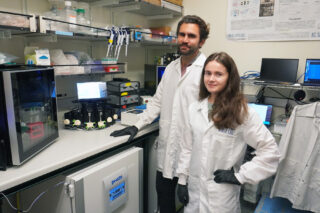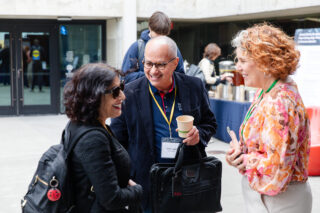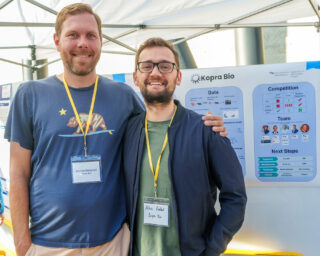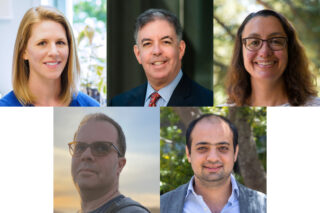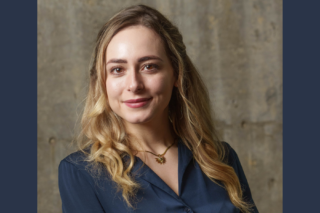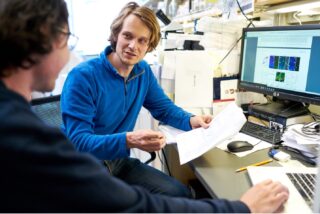The Incubator That Hatched a Jennifer Doudna CRISPR Startup Blueprints New ‘Destination for Life Science Entrepreneurship’
Read the full story by Amber Tong at Endpoints News.
Long before Caribou and Zymergen made their mark in CRISPR therapeutics and synthetic biology, they had begun at the same place: an incubator in California by the name of QB3.
More accurately, QB3 is a network of incubators aimed not just at hatching life sciences ideas born on the campuses they’re often housed in — from Stanford to UCSF to UC Santa Cruz — but also drawing entrepreneurs to put down roots in the area.
Those aspiring startup founders now have a new place to go. QB3 is launching its sixth incubator, which is also its biggest yet.
Bakar Labs, or Bakar BioEnginuity Hub, is opening at a time the demand for lab space has reached a fever pitch, squeezing vacancy rates to new lows and spurring real estate developers to blueprint bigger hubs.
The incubator, which makes its home in a Brutalist building that used to be the Berkeley Art Museum at UC Berkeley, will be able to host a maximum of 80 startups at a time. The first batch, potentially encompassing every topic from therapeutics and diagnostics to research tools and agriculture, is expected to move in around October following renovations.
The way managing director Gino Segre sees it, the new space is part of a “pipeline” of company development that also features academia, venture capital, industry and more.
“We believe we can be as attractive as South San Francisco or Kendall Square in Cambridge to these companies,” he told Endpoints News. “With the capacity being what it is, Bakar Labs is going to be a destination for life science entrepreneurship.”
Companies that are incorporated and have some funding are the ideal tenants. When it’s fully up and running, Bakar Labs may expect somewhere around 10 to 15 companies to “graduate” and move on to bigger facilities per year, with some extra cash under their belt.




